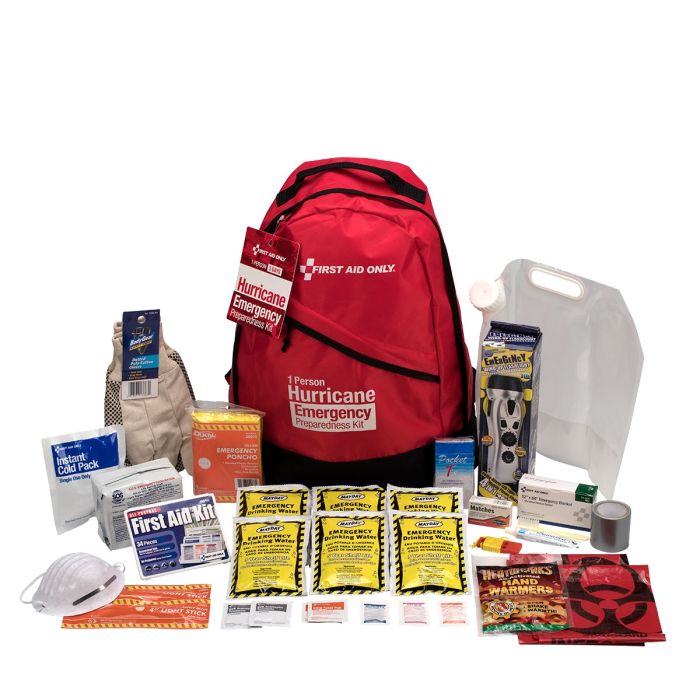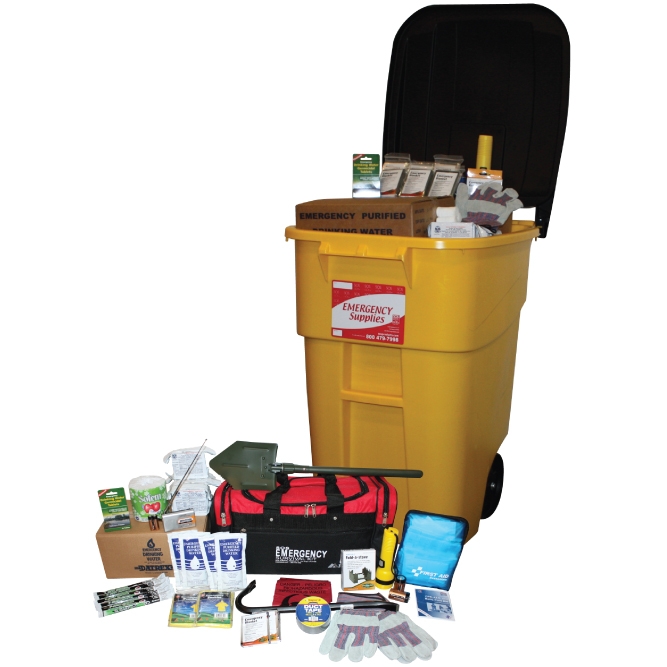Emergency Preparedness: Structure a Safer, Stronger Area With Each Other
Wiki Article
How to Establish a Detailed Emergency Situation Preparedness Plan
In the world of readiness, developing a thorough emergency situation plan is not just a task to mark off a checklist; it is a crucial foundation of any organization or individual's resilience approach. From natural calamities to unanticipated situations, the capability to prepare for, alleviate, and react efficiently can suggest the difference in between turmoil and control. By meticulously crafting a strategy that attends to various aspects of emergency situation administration, consisting of threat analysis, communication protocols, source appropriation, and strategic decision-making, one can lay a strong foundation for protecting possessions, procedures, and lives. However, real efficiency of such a plan exists not only in its creation but also in its recurring upkeep and adjustment to developing risks and difficulties.Importance of Emergency Situation Readiness
Emergency preparedness is crucial for reducing potential dangers and ensuring the safety of communities and people. In today's globe, where natural disasters, public wellness situations, and various other emergencies can strike without caution, being prepared can make a substantial distinction in minimizing the impact of these events. By having a well-balanced emergency situation preparedness strategy in location, companies and individuals can respond successfully, shield lives, and minimize property damage.One of the primary reasons that emergency readiness is crucial is its duty in conserving lives. Having a plan that details clear treatments for emergency, interaction, and discharge action can help individuals act swiftly and decisively when emergencies occur (Visit Website). This can protect against injuries and fatalities by making sure that individuals know what steps to take to stay safe
Moreover, emergency situation readiness improves the durability of areas. By cultivating a society of readiness and planning for numerous circumstances, neighborhoods can recuperate extra promptly from catastrophes and disturbances. This durability is vital for keeping security, continuity of operations, and total well-being when faced with adversity.
Assessing Prospective Dangers
Taking into consideration the relevance of being prepared for unforeseen occasions, the first step in developing an efficient emergency readiness strategy includes extensively evaluating and evaluating potential threats. This assessment requires an extensive review of all feasible threats that could affect the company, taking into consideration variables such as location, sector, and historical information on events. By identifying these dangers, companies can prioritize their preparedness efforts and allot sources successfully to minimize the most significant dangers.Typical risks that organizations might face include all-natural disasters like floods, cyclones, or earthquakes, technical risks such as power outages or data violations, along with human-caused threats like mishaps or willful acts of physical violence. Conducting a danger evaluation also includes considering the prospective impact of these events on the organization's operations, workers, customers, and credibility. By carrying out a thorough threat evaluation, organizations can establish customized emergency feedback strategies that address their particular susceptabilities and guarantee efficient readiness for any type of potential crisis.
Creating an Interaction Strategy
Establishing a clear and comprehensive interaction strategy is vital for efficient emergency situation preparedness within organizations. In times of dilemma, communication plays a crucial function in making certain the safety and wellness of employees, stakeholders, and the neighborhood. A well-thought-out interaction strategy ought to outline clear lines of interaction, assign vital employees liable for interaction tasks, and establish methods for disseminating details promptly and properly.One trick aspect of creating a communication plan is recognizing main and alternating communication channels (EMERGENCY PREPAREDNESS). These can include e-mail, text messaging, phone trees, social networks systems, and public address systems. It is essential to ensure that these channels are dependable, available, and consistently tested to guarantee their effectiveness throughout emergencies

Building an Emergency Kit
Provided the crucial importance of preparedness in times of situation, an essential part that organizations must address is the establishment of an emergency set. When constructing an emergency kit, it is necessary to consider the details demands and scenarios of the company. Additionally, organizations should consist of important papers, such as call listings, insurance coverage details, and emergency situation action strategies, in waterproof containers within the package.Developing Emptying Treatments
To guarantee the security and organized evacuation of workers throughout emergencies, organizations need to establish reliable and clear evacuation treatments. Emptying procedures need to encompass a range of possible circumstances, including fires, natural catastrophes, or various other emergencies that require quick emptying.
Additionally, companies must establish a system for accounting for all employees during a discharge to guarantee that everyone has securely left the premises. Interaction plays a crucial function in discharge procedures, with clear directions on just how to leave and when to do so. Regular evaluation and upgrading of discharge procedures based upon responses and changing circumstances are vital to maintaining the effectiveness of the plan.
Final Thought
To conclude, establishing a thorough emergency situation readiness strategy is important for making certain the safety and well-being of people in case of a catastrophe (EMERGENCY PREPAREDNESS). By analyzing possible risks, creating an interaction strategy, developing an emergency set, and developing emptying treatments, people and companies can be better equipped to react properly to emergencies. It is necessary to prioritize preparedness initiatives to minimize the impact of catastrophes and shield lives and residential propertyIn the world of preparedness, establishing an extensive emergency situation strategy is not just a task to inspect off a checklist; it is an essential keystone of any type of organization or person's strength method. When emergencies happen, having a strategy that lays out clear procedures for evacuation, emergency situation, and interaction response can aid people act swiftly and emphatically. more info here. By conducting an extensive threat assessment, organizations can create customized emergency situation response plans that resolve their particular susceptabilities and make sure you can check here reliable preparedness for any type of possible crisis
Developing a comprehensive and clear communication strategy is vital for reliable emergency situation preparedness within organizations. By evaluating possible dangers, producing a communication strategy, building an emergency package, and developing emptying treatments, organizations and individuals can be much better equipped to react properly to emergency situations.
Report this wiki page